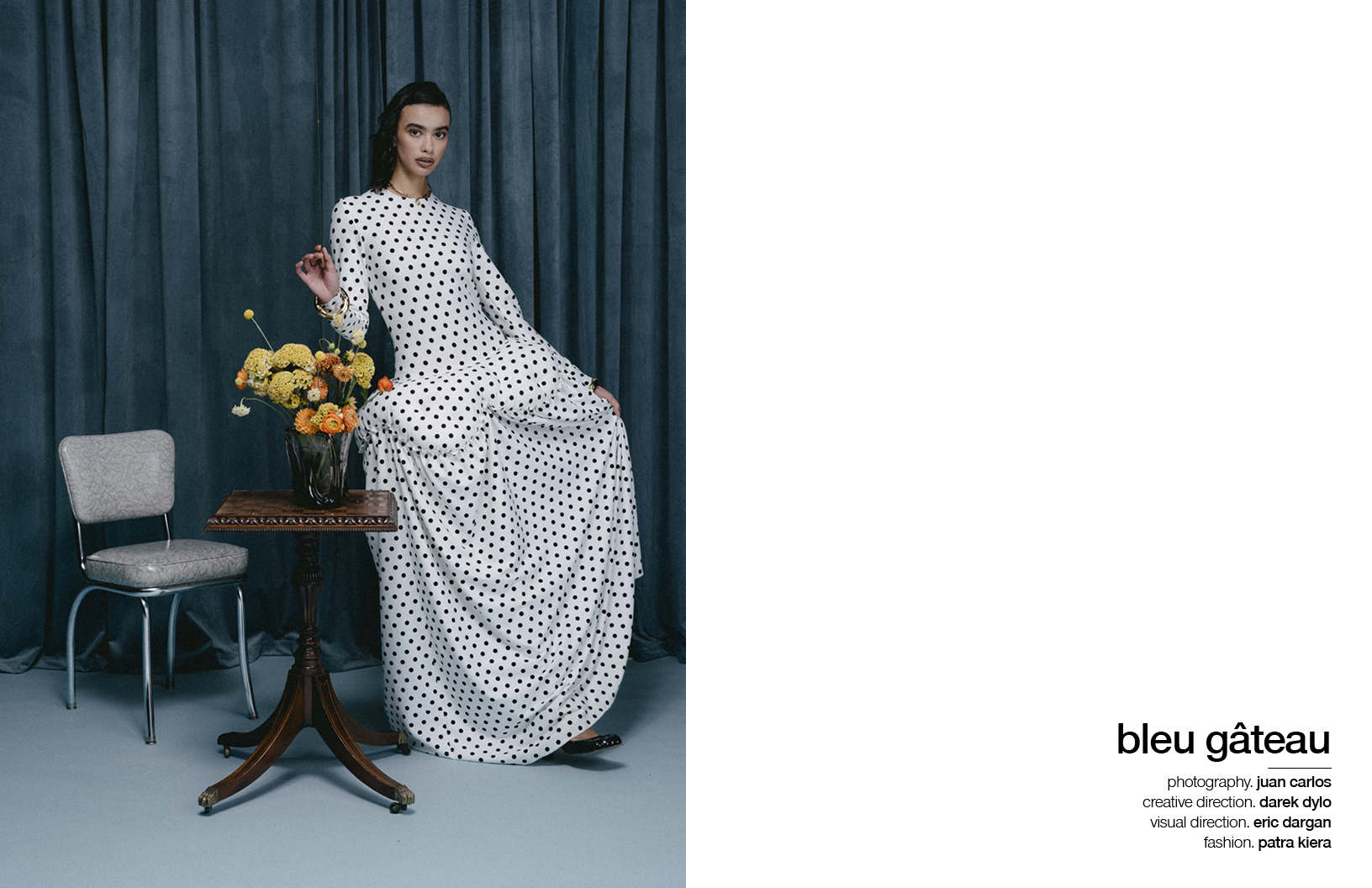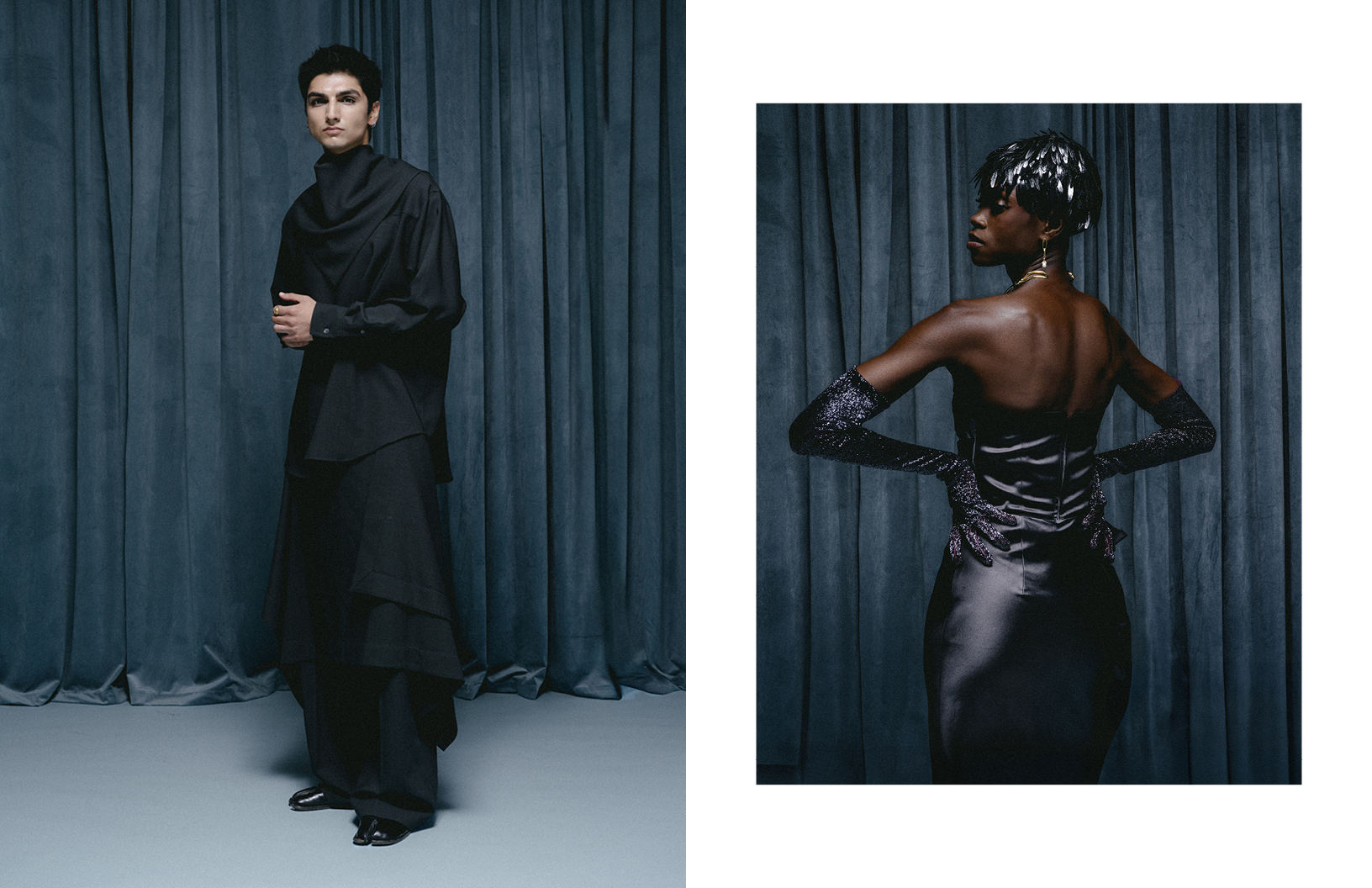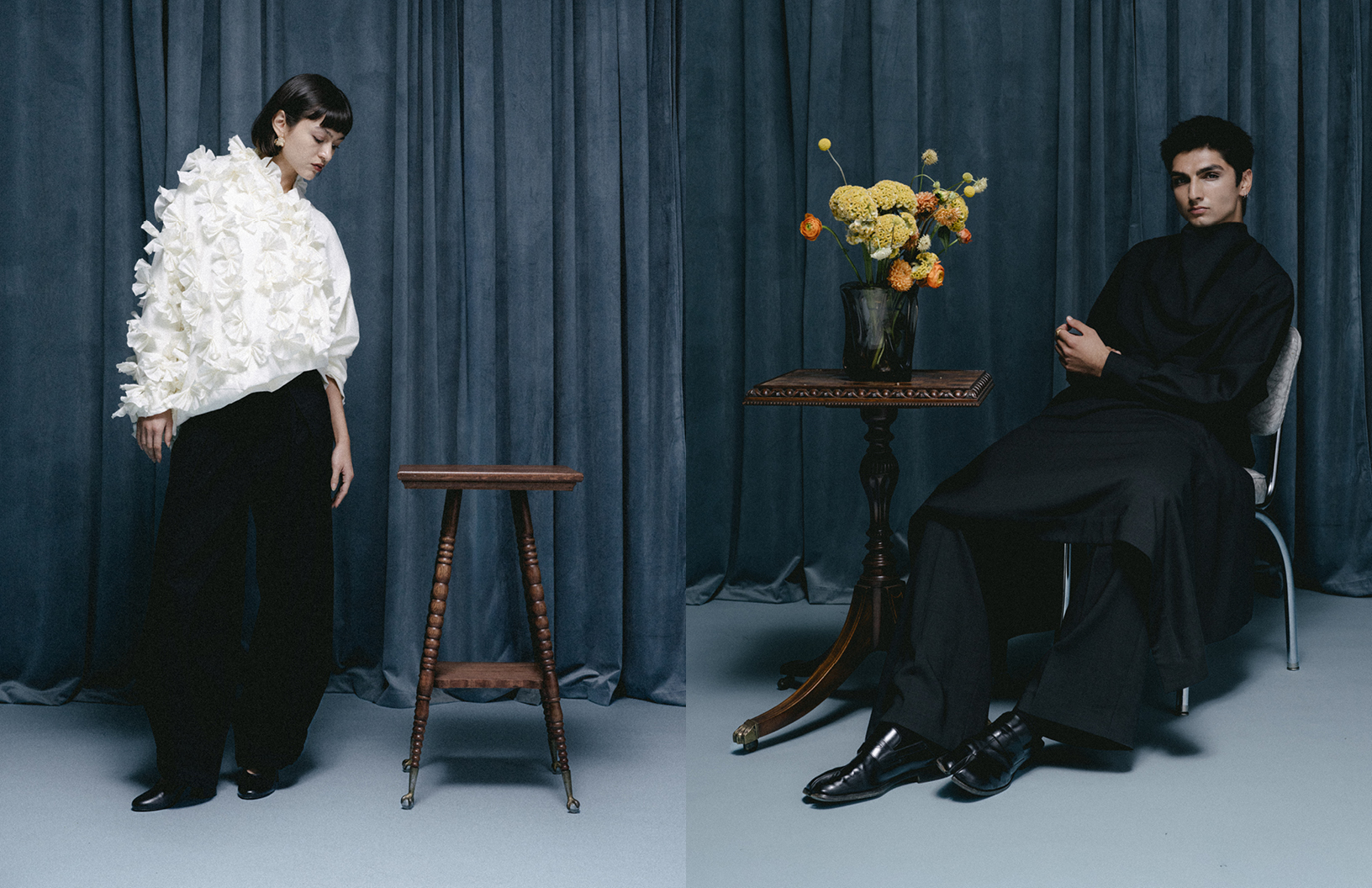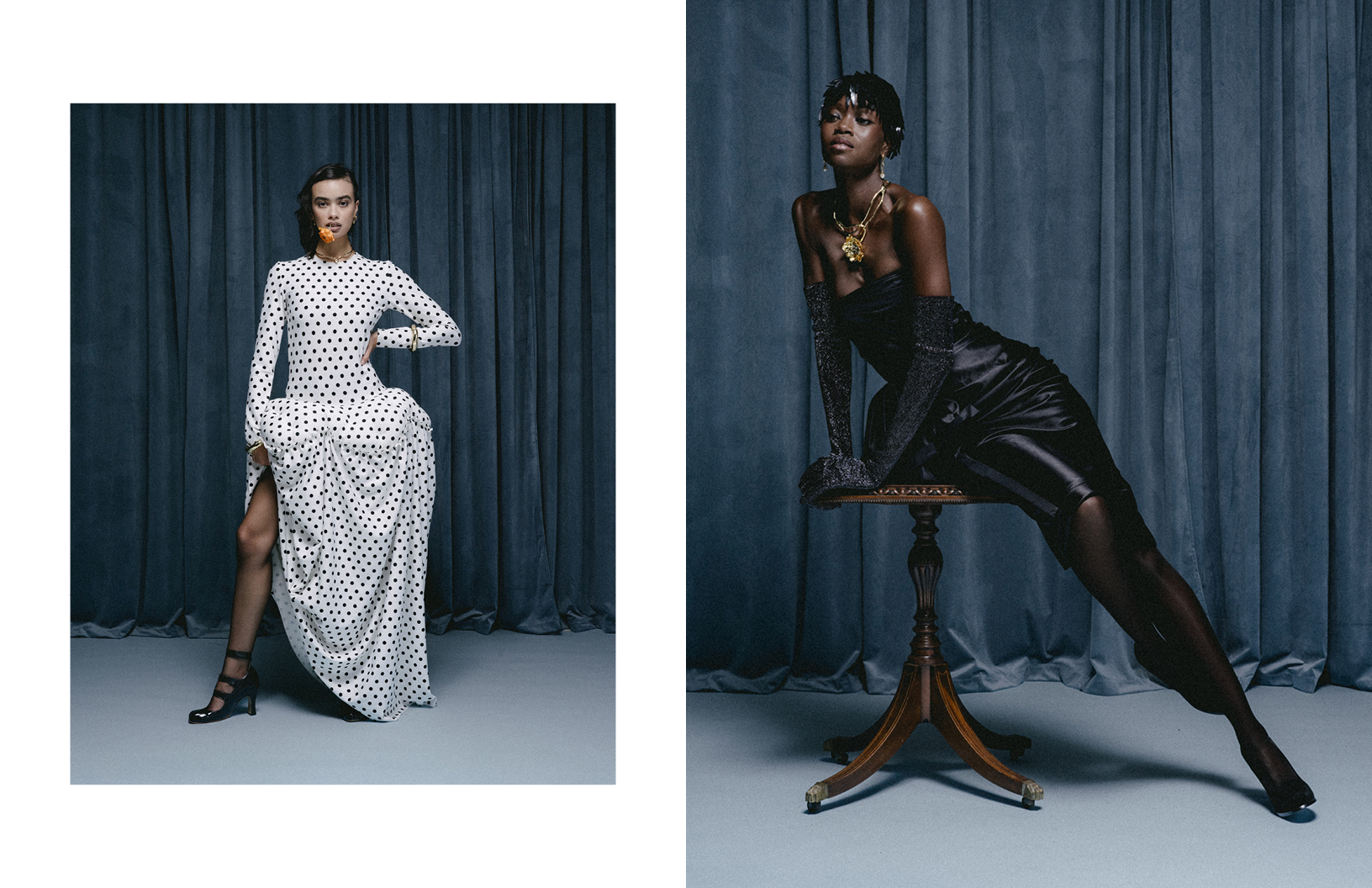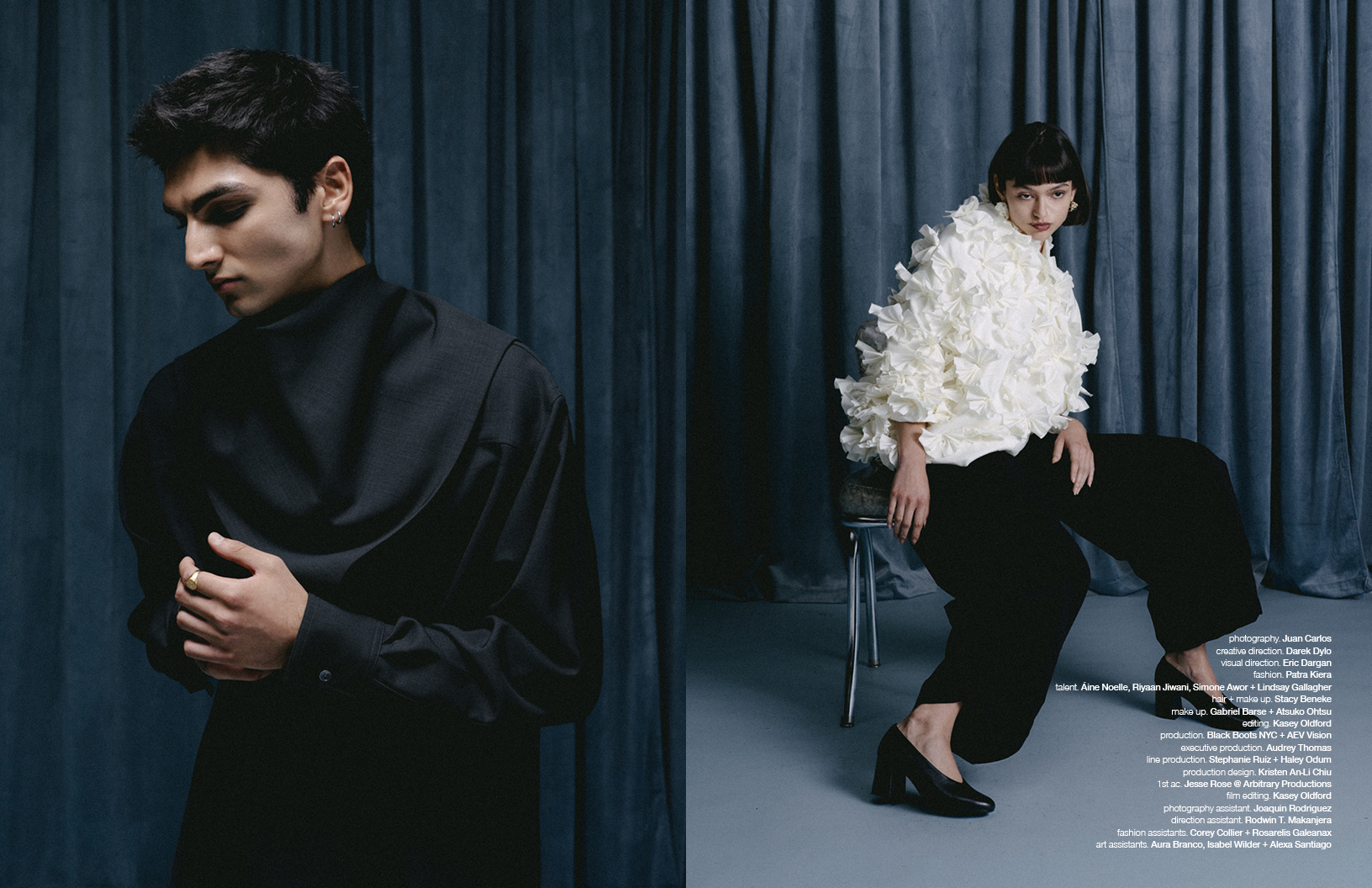The modern streetwear world is, by its very nature, global. With the rise of streetwear-focused discussion sites centred on the many brands, styles and trends around the world, it can be difficult for new labels to keep up, let alone stand out. For Daisy Jingwen Wang, the founder and designer behind DAWANG, streetwear’s dynamism did not intimidate; rather, it presented an opportunity – a chance to look back in order to move forward.
Wang was born in China, later moving to the United States and eventually attending the prestigious Parsons School of Design at the New School in New York City. Incorporating elements from both her childhood in China and her time spent in the U.S., Wang strikes a balance between contemporary style and classic elegance, a blend of the traditional cultural power of the East with the adaptability and ever-changing nature of modern streetwear. DAWANG utilises traditional Chinese fabrics like silk and linen, merging them with Western tailoring methods to make truly unique pieces. We spoke with Wang about her history and her goals with DAWANG.
How did you decide to enter the fashion world?
One of the first reasons that led me into fashion [was] my dislike for dress codes and school uniforms. The whole concept of forcing people to wear the same clothes makes me uncomfortable and inspires me to make clothes that express each individual’s unique character and aesthetic.
I have always been defining my own fashion style since a young age. I don’t like other people to make decisions for me, especially, especially when it comes to clothes. At some point, if I feel that a style really communicates with what I think, I become fixated on a single style; for example, during high school, I was so obsessed with blue that, at one point, my entire closet is filled with different shades of blue. It’s my objection to dresscode and dressing advices that led me to enter the fashion world.
You came to New York almost a decade ago. What struck you most about the fashion of the city once you arrived as compared to your youth in China?
I grew up in Qingdao, a beautiful tourist town along the seashore. Although we get lots of tourists in the summer, the town gets very quiet in the winter. When I first got to the U.S., I spent a majority of my youth in a boarding school in Pebble Beach, California, which also is a vacation town with a small population. The most astounding thing that struck me when I finally met New York is that it is a harmonious fusion of diverse ethnicities. The city is alive and tirelessly fuelled by these different cultures. Many shops and trends that are popular when I first got here are nowhere to be found now, which always presents opportunities for newcomers and fresh blood.
What inspired your decision to blend traditional Chinese garments with streetwear style?
As a young girl who is rooted in Chinese culture and has witnessed the growing influence of Chinese elements on Western culture, I am not only proud but also excited to show more people my perspective. My experience in China has shown me the essence of the beautiful Chinese culture and ancient history, while my youth in the U.S. gifted me with bold and innovative spirits. My diverse cultural background has inspired and guided my decision to blend Chinese garments with streetwear styles.
What research did you do to prepare for this collection, e.g. about textiles, patterns, etc.?
I have invested extensive time into studying the Chinese traditional fabrics and embroidery, including personally visiting the skilled embroiders in very isolated areas in China and studying their perspectives on designing these precious fabrics. Pattern-wise, I have largely incorporated western streetwear styles including crop tops, side slit dresses and jumpsuits, which are not even remotely related to the Chinese styles, but closer to the trends in New York.
In terms of the market for Chinese themed streetwear, I have mainly researched people’s perspectives for the modern Chinese subculture and its influence on American consumers. I have talked to various owners of stores featuring this type of clothing to get to know what kind of clothes are more popular with the customers.
You’ve characterised the brand’s style as “modern chinoiserie.” What does that mean to you?
To my understanding, the “Modern Chinoiserie” merges the minimalist aestheticism with the flamboyant Chinese traditional arts. Its goal is to revitalise traditional Chinese fashion with modern aesthetic elements, rather than forcing the traditional styles that are obsolete into the modern world to bring them back.
You recently posted a shoot from Tang Hotpot in New York. What New York locations inspire you? Do you have any other favourite New York spots?
One of my favourite things to do when I’m looking for ideas is to watch people in a busy environment and imagine what they are thinking by the look on their faces. In Chinatown of Manhattan, a perfect place for doing this thing, I am always intrigued in discovering the backstory of these passengers and interesting decoration on all kinds of walls. Sometimes, I find it easier to calm down here, doing what I like, and enjoying the subtle beauty of this part of the town.
Highline is another landmark of Manhattan where I spend most of my spare time. I always like to go up there alone to walk and think; also, to unbound my imagination while overlooking the Hudson River.
Who do you envision as the ideal DAWANG wearer?
Each DAWANG wearer is an ambassador of DAWANG who is confident in not only herself, but also her styles. The ambassador will appreciate the Chinese elements that supported the style and be bold in celebrating more cultures through her outfits.
How do you see DAWANG growing and changing in the future?
In my vision, I see DAWANG growing alongside modern Chinese subculture in the US. DAWANG will keep growing and improving according to the always-changing modern aesthetic, while representing the unique personality of modern chinoiserie.
Discover more about DAWANG New York here and make sure to follow the brand on Instagram.
photography. Allegra Messina
model. Rhiyan Alexis
hair + make up. Abby Li
location. Eagle Rock Los Angeles
photography. Kam Lin
model. Mongchi Chio
hair + make up. Jingwen Wang
location. New York




































































